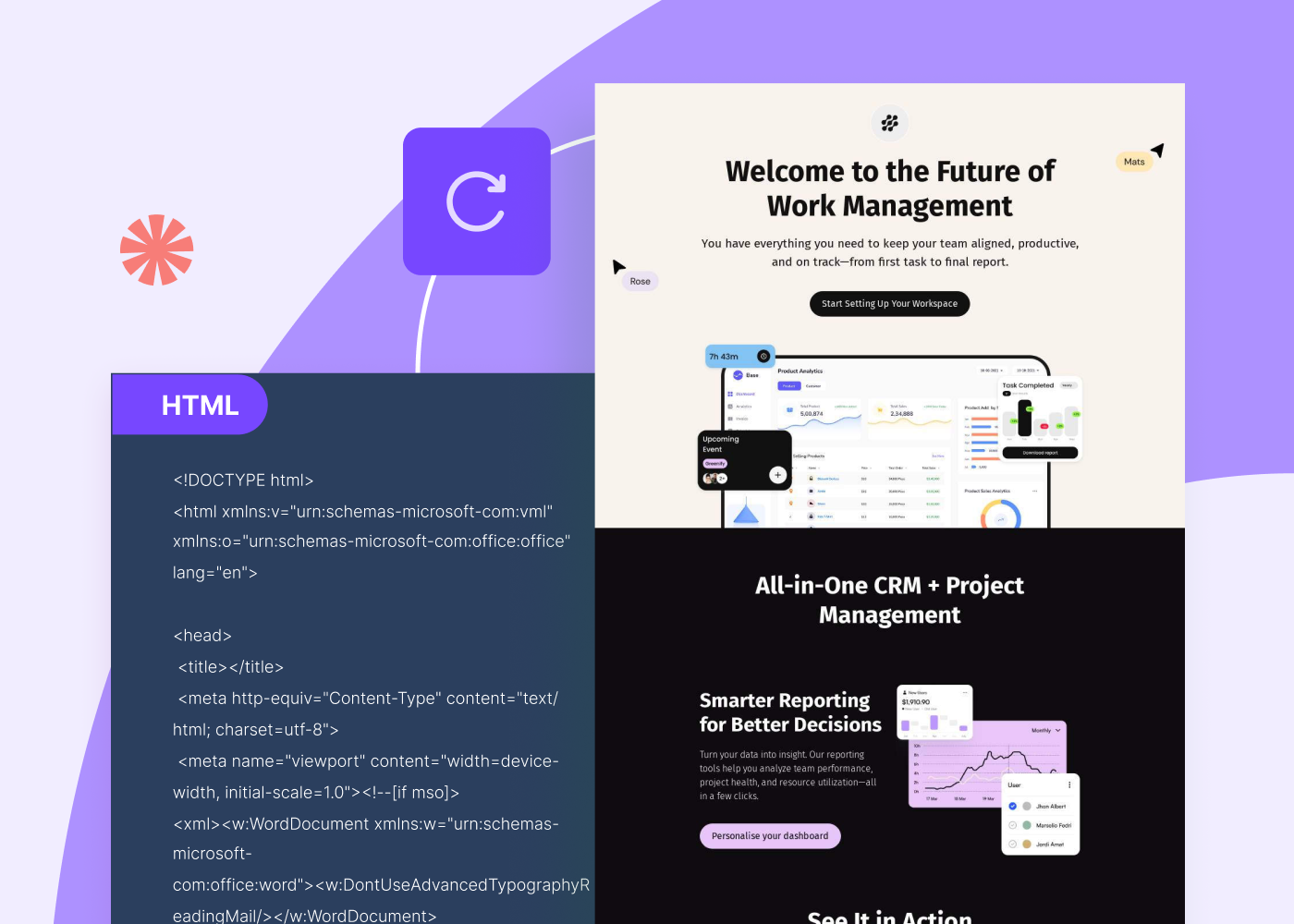
In any healthy subscriber list, it's normal for a subset of readers to get disinterested. That might not mean they're checked-out for good, though. Enter re-engagement emails. Brands use re-engagement emails to win back customers who have gone quiet. Whether through a targeted promotion, custom content, or just a Hey, are you there?, re-engagement campaigns incentivize action and help companies understand who's still reading and who's not. Today we're taking a look at the different techniques brands use to re-engage inactive subscribers. Scroll on and get inspired! And click here for our video tutorial:
#1. Create urgency with a dynamic countdown timer
Re-engagement campaigns often involve incentivizing a customer to come back, whether through a promotion, coupon, or special deal. If you're using this approach, consider including a countdown timer to help motivate action. Here's an example from AYR (Subject: Hit refresh):

Countdown timers are easy to implement in email and can help catch readers' eyes and instill a bit of urgency. Plus, if you use a dynamic HTML timer, you can set an end-date and time so your timer always stays accurate, no matter when or how many times your email is opened. In the BEE editor, it's easy to do—check out our tutorial: How to add a countdown timer in email.
#2. Give a gift
One way to show your commitment to inactive subscribers is by giving them something for free. A promotion or coupon can be a great offer, but if you can give away something that doesn't require a purchase, that might be even better. It's the approach Skillcrush takes in this email, which offers a free downloadable guide (Subject: I've missed you!):

What's great about this email is it almost sounds like it's from a friend. The language is clear, straightforward, and warm. And the live text, greeting and personal sign-off all increase that sense of intimacy. That helps create transparency and connection with readers, which hopefully will get them listening (and reading). By creating this tone and offering a guide with no strings attached, Skillcrush is demonstrating good will and respect which subscribers can take note of, whether they become re-engaged or not. That's good for the brand. And did we mention that hero image is an animated GIF?

#3. Tease click-worthy content
If content is the way back to your readers heart but you don't have a free PDF guide to offer like Skillcrush, you can also re-engage subscribers by serving up blog content they might be interested in. That's the tactic Jacq's takes in this re-engagement message (Subject: Are We Still Friends? We Miss You...):

This re-engagement email has a little bit of everything. It features a few top products and their benefits, but ultimately the CTA button invites subscribers to learn about common remedies for uneven skin tone. Instead of asking readers to re-engage by making a purchase right off the bat, this approach is relatively gentle. Jacq's tactic might reflect the belief that it's preferable to reel readers back in with content that benefits them (for free) vs. inviting them to complete a more involved transaction.
#4. Show 'em what they're missing
Another way to get back inactive customers is with a re-engagement email marketing campaign that demonstrates your brand's value proposition in a bold, visual way. That's the method Thrive employs in this email sent to subscribers who haven't yet signed up for their service (Subject: Oops! Did you almost forget about this?):

Essentially, Thrive is saying, Still haven't signed up yet? Check out the great things you're missing! (And get 25% off!) The blue background is eye-catching, and the high-res product photos are surely carefully curated to display top-selling items. The energy is vibrant and fun, and the call-to-action is clear.
#5. Get personal(ized) to make a connection
Email personalization is such a powerful way to cut through the inbox noise. And it doesn't have to be complicated. Simply using a subscriber's name in the subject line or greeting of an email can go a long way. In re-engagement campaigns specifically, it's important to demonstrate a sense of connection to each subscriber you want to keep, avoiding generic messaging that's easy to ignore. Check out howTrello uses personalization here (Subject: Empower yourself):

Here, Trello uses personalization to include the reader's name in the greeting, and to direct the subscriber to her personal Trello boards with the CTA. Names are a simple, smart way to "talk" more directly to your subscribers and make them feel connected. Plus, this email does such a good job of employing design simplicity. Have you noticed how easy-to-read this email is? The font is a large, legible size, and it's left-aligned with lots of line breaks. Sentences are short and to the point. A bulleted list makes reading easier. And the gorgeously green bulletproof CTA button almost pops off the page.
#6. Don't be pushy
The purpose of a re-engagement email series is to get subscribers to interact with your brand again. But these series also help identify who on your list is truly disengaged, and that's helpful, too. List attrition is normal, and you don't need every inactive customer to come back. So don't feel the need to be desperate, pushy, or over-the-top in re-engagement campaigns. This re-engagement email example from Indiegogo shows a simple, non-pushy approach (Subject: See What You've Been Missing):

No fancy, gimmicky messaging here! The email is short, sweet, and to the point. Plus, it uses a great CTA button with creative copy to catch the eye. Indiegogo makes it easy to act on this email, but only if you really want to.




.webp)
